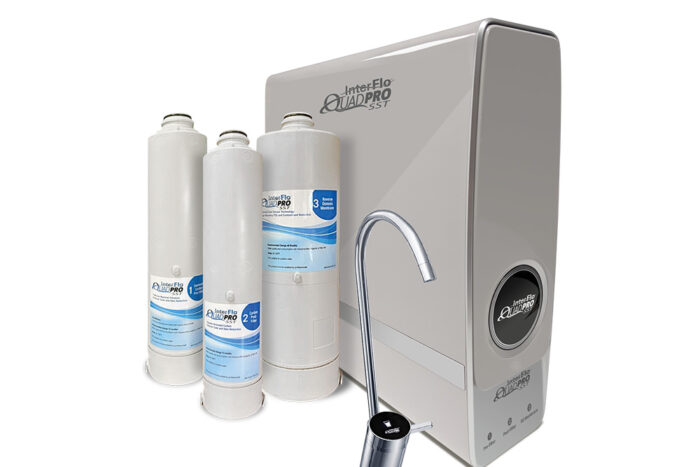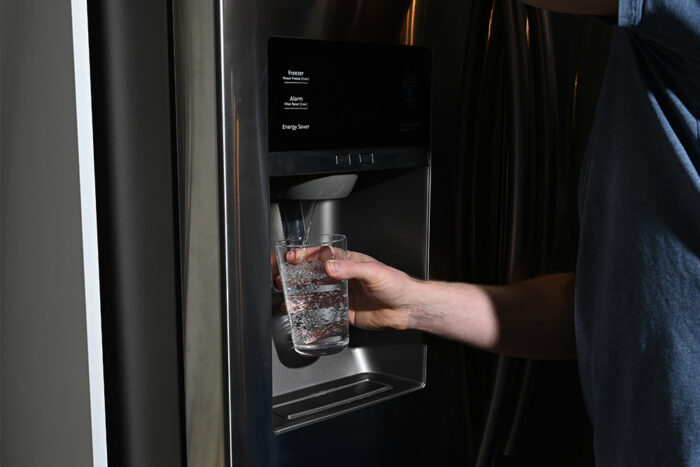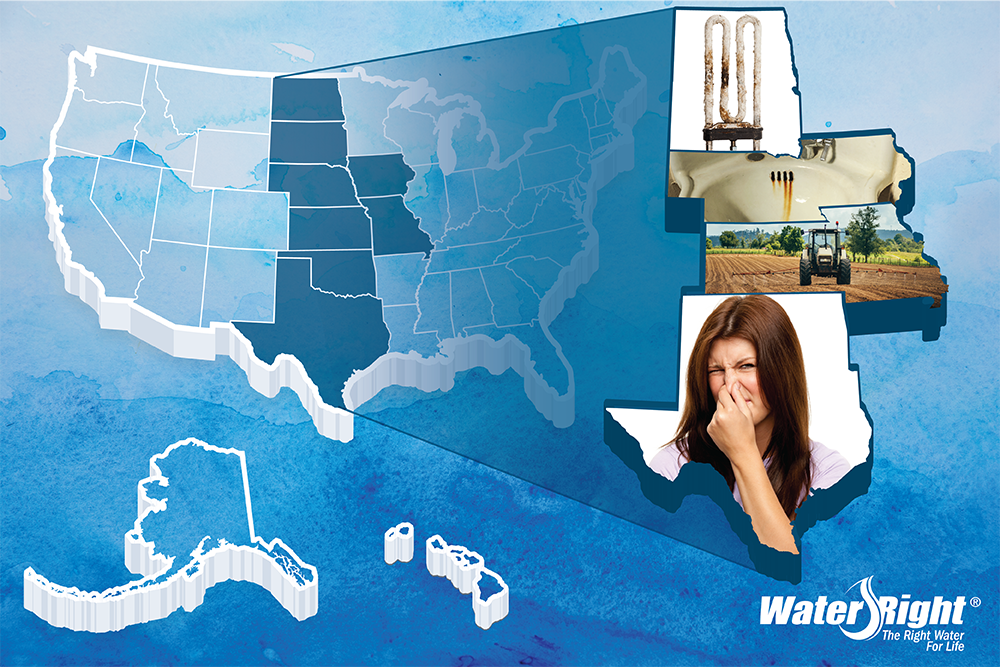Travel across the United States and you’ll encounter different people, landscapes, and weather. The quality of water also differs greatly from region to region.
To help homeowners understand the types of water problems that are typical in certain parts of the country, Water-Right has put together a series of articles explaining common contaminants relating to water quality in America. We’ll be relying on our trusty regional sales managers for expert insights. They travel the country meeting with our network of dealers, plumbers, and well drillers. Nobody knows water problems better than these guys.
Water-Right regional sales managers, Jeff O’Callaghan and Mark Selvig, spend a lot of time in what we refer to as the Central States. That includes:
- Iowa
- Kansas
- Missouri
- Nebraska
- North Dakota
- South Dakota
- Oklahoma
- Texas
Many of the homes in this region are getting their water from a private well, which almost always requires softening. However, Selvig notes that homes on municipal water may need a softener as well. Plus, there is another type of water that’s common in the Midwest.
“Out in the Dakotas, our water treatment dealers and plumbers are dealing with rural water,” he explains. “That’s basically a municipal water system for rural areas, which could be partially softened. They may take the hardness down from 30 to 10 grains per gallon. People start to believe they don’t need a water softener but that’s not true, 5 or 10 grains of hardness in your water can still be detrimental to your plumbing system, your water heater, and more.”
Hard Water From Wells & Municipal Water Systems
If you’re getting excessive soap scum and limescale buildup in your home, your water is probably still too hard. If left untreated, it can wear down appliances sooner and cause a host of other hard water problems.
A number of these states fall into what’s known as the Missouri River Valley. O’Callaghan tells us iron is a common culprit for homeowners with problem well water.
“Heavy iron in the Missouri Valley area is very common, particularly in Nebraska, eastern Kansas and eastern Oklahoma,” he says. “There’s just a lot of natural iron in the soil along the region that percolates into the aquafer or the water tables.”
While iron in the water doesn’t pose any health risks, it can certainly be a nuisance. If you notice red, rusty stains in your sink, toilet, and tub – iron is probably to blame. High iron content in the water can stain your laundry, too. Plus, it may give your home’s water a metallic taste and affect the flavor of beverages like coffee and tea.
Lift the cover of the tank on the back of your toilet. If you see a lot of slimy gunk floating around in there, that’s probably bacteria that’s feeding on the iron in your water. Iron bacteria is not harmful to humans, but it can cause other problems such as clogged or corroded pipes and damaged appliances.
O’Callaghan says water treatment systems equipped with our Crystal-Right media are ideal for reducing levels of iron in your well’s water. Crystal-Right is a zeolite that is effective at removing iron and manganese through an ion exchange process. It can also soften water at the same time.
“Iron and manganese are also a problem in western Oklahoma and Texas, but high hardness and hydrogen sulfide tend to be bigger issues,” O’Callaghan explains.
Causes of Water Smells
If you live in a home with water that stinks like rotten eggs, there’s a good chance that hydrogen sulfide is the problem. Once again, there is no major risk to your health, but no one wants to bathe in or drink water that smells like rotten eggs.
That odor is detectable by the human nose at a level as low as 0.5 parts per million (ppm). To put that in perspective, 0.5 ppm would be like a half-minute of time in two years. It’s miniscule. Selvig says there are isolated cases of hydrogen sulfide in his region. But, O’Callaghan says he’s come across water in Texas and Oklahoma with 10 ppm of hydrogen sulfide. Imagine the smell!
A standard water softener installation will not fix this type of problem water. O’Callaghan says the solution sometimes involves a combination of carbon filtration and another zeolite, Turbidex in the media bed.
In addition to frustrating problems caused by iron, manganese, and hydrogen sulfide, there are more serious problems that stem from water contaminants you can’t detect with your senses. In many of the Central States, where agriculture is prevalent, nitrates can be an issue.
Nitrates or Other Water Contaminants

“At one point in Nebraska there were more than 100 different towns and villages over the maximum contaminant levels on nitrates,” O’Callaghan says. “It’s because of all the fertilizing that’s been done in those areas over the years. But, that’s something that is tasteless and odorless, and you don’t know it’s there until you have problems with a newborn. That’s why periodic testing of private wells is so important.”
While adults can consume nitrates without harm, infants are more susceptible to a condition known as blue baby syndrome, or methemoglobinemia, which reduces the level of oxygen red blood cells deliver to organs. Mixing infant formula with nitrate contaminated groundwater could lead to this condition.
Yet another thing to keep in mind is that the presence of nitrates in water indicates the possibility of E.coli contamination. This is why O’Callaghan and other water treatment experts strongly suggest having well water tested every year. In most cases, we recommend a reverse osmosis (R.O.) system to treat water contaminated with nitrates.
“Generally speaking, reverse osmosis does a good job at nitrate reduction,” says Selvig. “Some models perform better on nitrates than others. Homeowners should ask their local dealer if the system they sell is certified for nitrate reduction in the state.”
Remember – Every Home’s Water Situation is Unique
Jeff O’Callaghan and all of our water treatment experts want people to realize that while these articles address common concerns among certain areas of the U.S., you can’t paint water problems with a broad brush.
“You can have totally different water conditions with two wells that are right next to each other,” he explains.
Residential water treatment is a science that takes time to master. Hooking up a water softener or an R.O. you buy at a big box store is unlikely to completely solve your water problems. You need a professional to come to your home, identify the issues, and assemble a system that meets your specific needs.
Water-Right’s network of dealers will provide a free water analysis and help make sure your home has “the right water for life.”
Find the right contractor for you.
Recent Homeowner Resources

Are You Drinking Contaminated Water? New Rules Help Homeowners Identify Lead Risks

Introducing InterFlo® QuadPro SST!



